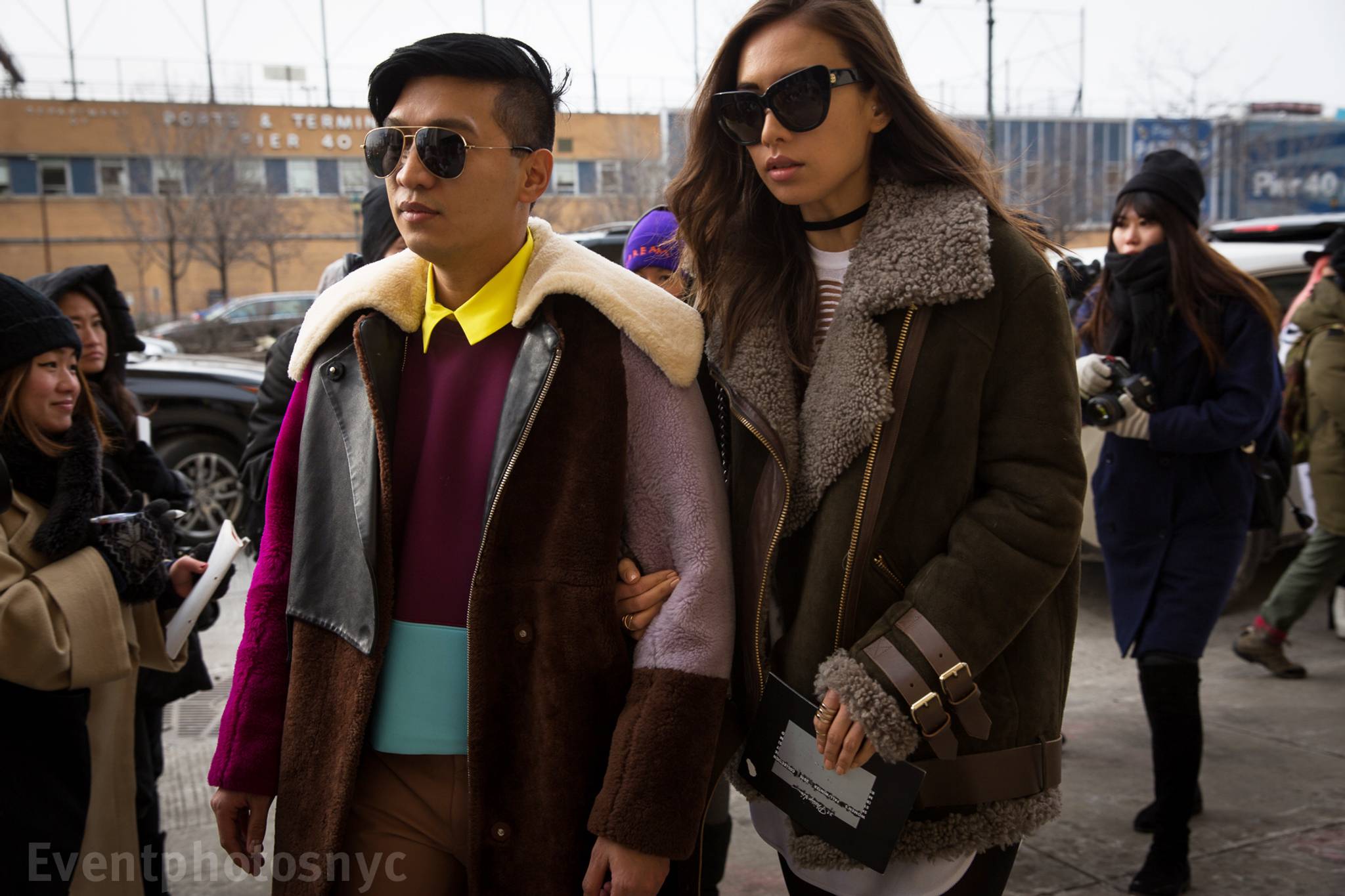
Be it a dancing hot dog or a virtual Pikachu, augmented reality is increasing in popularity. BMW is tapping into the tech as an experiential marketing tool, launching a Snapchat AR lens to showcase the X2, letting people virtually interact with the model. We explore the insights behind the campaign, and explain why shoppers and marketers alike are embracing AR.
To mark the launch of the BMW X2, the luxury car brand is using Snapchat’s AR lens functionality to showcase the car in the virtual world. By either swiping up on the ad in Snapchat or scanning the BMW snapcode, users are invited to virtually walk around the vehicle and personalise it by changing its colour or size. “Snapchat is young and modern – which suits BMW and the BMW X2 perfectly,” says Jörg Poggenpohl, head of digital marketing at BMW. “We wanted to insert ourselves in an organic way into the Snapchat environment and its users’ world. That is the most meaningful way to address our fans in a style that fits the channel and the target group.”
Considering that 61% of Snapchat users are under the age of 29, the campaign looks to attract younger audiences to the luxury car brand – a move BMW has made before when it used Periscope to live-stream the launch of a previous model. But it’s not the only luxury brand focusing its attention on tech. Audi is rolling out a global VR experience that invites customers in-store to try cars before they buy them, while Kate Spade New York launched My Little Paris Tapage, an AR app that celebrates the launch of the brand’s first brick-and-mortar store in Paris by guiding users through the city.
“If you could create a fun, memorable experience around your brand, that consumer is going to remember it and hold onto that,” says Ashley Crowder, CEO and co-founder of augmented reality and hologram company VNTANA. “AR is great for getting groups of people engaged together; it’s also a very shareable piece of content so you get people sharing on social media and that user-generated content is so valuable. It’s 50% more trusted and 20% more likely to lead to a sale than other types of digital advertising, so that’s why we see AR being the best way to advertise.”
But the tech still has an image problem; 25% of people feel that AR and VR are gimmicky. By using AR to give consumers a better experience of the product when physically seeing the model might not be possible, BMW looks to speak to the 29% of Britons who say they primarily want the tech to help them try before they buy. With 72% of UK marketers planning to use VR or AR in campaigns in 2018 – up from the 10% that currently do – the allure of virtual worlds seems to be winning over both brands and shoppers alike.
Hannah Elderfield is a behavioural analyst at Canvas8, which specialises in behavioural insights and consumer research, who has worked with global clients including BelVita, the UK Government, the FCO, Depend and Superbrands. Outside of work, she can be found shopping, walking her dog or attempting to curb her addiction to Nutella, not all at once of course.



